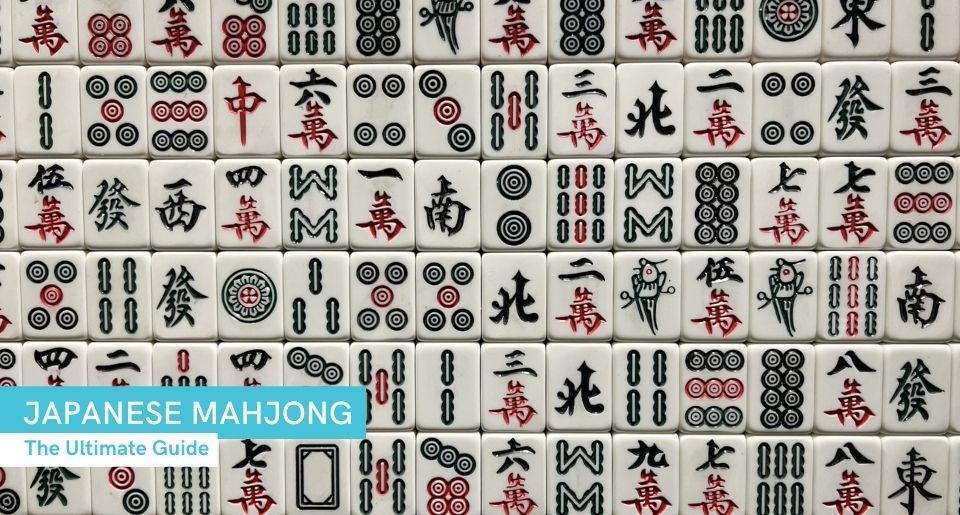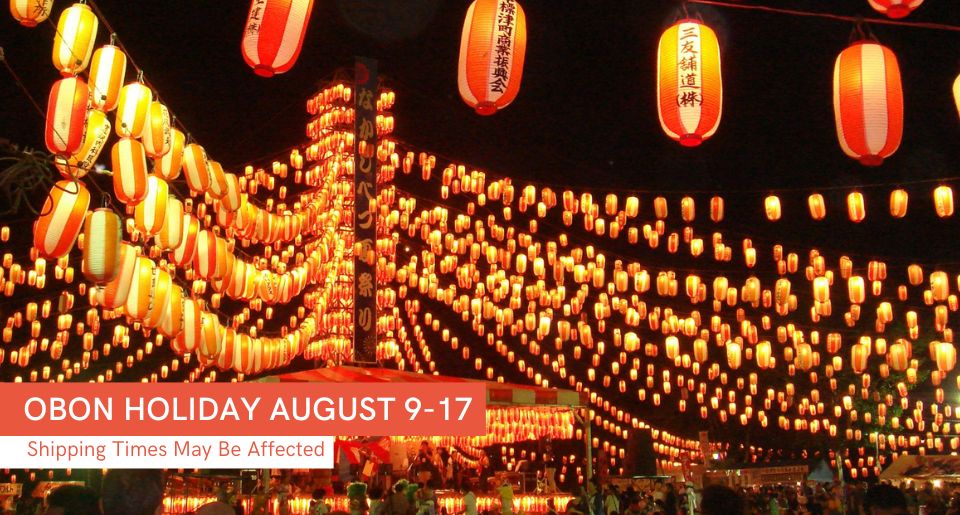Contents
Introduction
Anime, manga, and online platforms deserve a round of applause for the tremendous growth in the popularity of the enjoyable traditional Japanese game, Riichi Mahjong. If you haven't given this challenging game a shot, you're missing out on a whole lot of fun with your friends, family, and that special someone you're hoping to impress with your strategic moves!
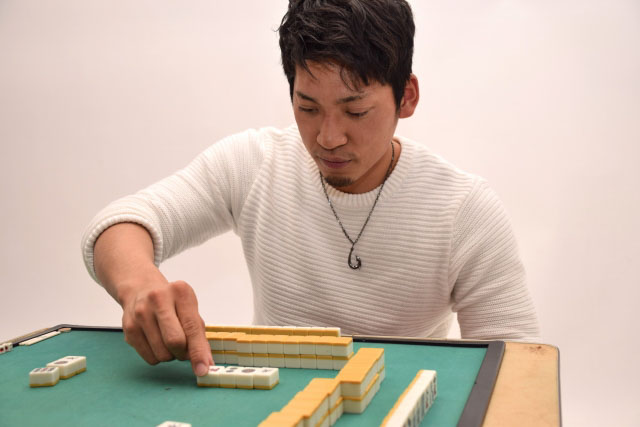
Keep reading for more insights into this addictive Japanese game, where skill, strategy, and luck play crucial roles. You’ll find all there is to know about its origins, rising popularity, sets and rules, winning strategies to avoid embarrassing losses, and, most importantly, where to find authentic Japanese Mahjong set for the realest and most fun gaming experience!
What Is Japanese Mahjong
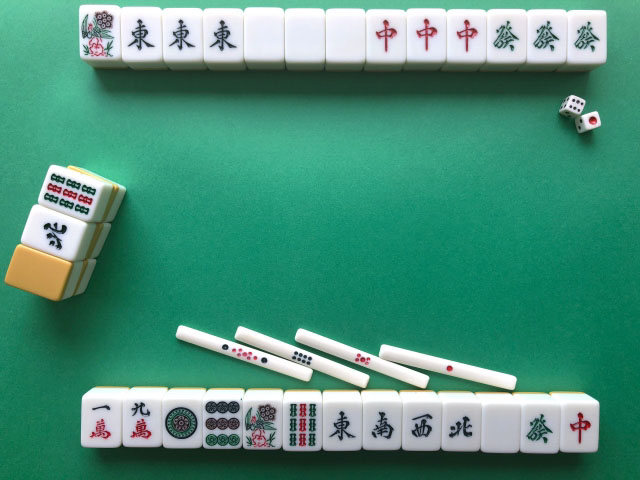
Japanese Mahjong (麻雀), also known as Riichi Mahjong, is a variant of the classic game with some tweaks and additions to the usual rulebook. The basic game rules are still there but this version throws in its own set of cool and unique rules that set it apart and make it even more enjoyable than the traditional.
How The Game Swept Japan and Captivated the World

The history of Riichi Mahjong unfolds in 1924 when soldier Saburo Hirayama introduced mahjong to Japan. He founded a club, parlor, and school in Tokyo, laying the foundation for the game's journey.
It then started gaining popularity over the years and prompted its simplification from the Chinese version and the incorporation of additional rules to up the complexity. Fast forward to 2010, and mahjong emerged as the most popular table game in Japan, boasting around 7.6 million players and 8,900 parlors that generated a whopping 300 billion yen in sales in 2008.
The game's influence extended beyond the tabletop, seeping into manga, anime, and video arcades, making it instantly recognizable not just for local Japanese but also worldwide. Its far-reaching influence intrigues those who haven't tried it, creating a buzz about the possible fun and excitement this game brings to the table.
How to Play Japanese Mahjong Like a Boss
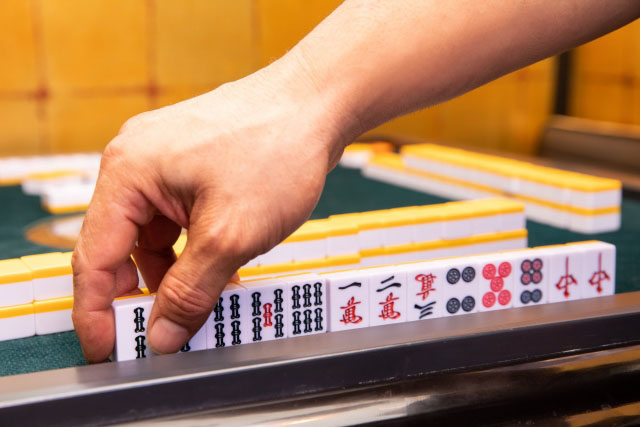
Now, onto the million-dollar question about Japanese Mahjong—How do you play Japanese Mahjong like a pro and secure victory in every head-to-head showdown? Here's what you need to know…
Tile Set:
- Mahjong is played with a set of 136 tiles. These tiles are divided into several suits, including characters, bamboo, circles, winds, dragons, and honors.
Players:
- The game is typically played by four players. However, there are variations that allow three players.
Objective:
- The primary goal in Japanese Mahjong is to build a complete set of tiles, known as a Mahjong hand, based on specific patterns. The first player to complete a valid Mahjong hand wins the round.
Gameplay:
- Players draw and discard tiles in turns, aiming to form combinations such as sets of three identical tiles (called Pongs or Triplets), four identical tiles (called Quads), and sequences of three consecutive tiles in the same suit (called Runs).
- The key feature of Japanese Mahjong is the concept of Riichi, where players can declare readiness to win by forming a complete hand on their next turn. This involves discarding a specific tile and placing a payment marker called a Riichi stick in front of them.
Scoring:
- Scoring in Mahjong is complex and involves various factors such as the specific combination formed, the prevailing wind, the round wind, and whether a player declared Riichi.
- Point values can increase significantly, and understanding the scoring system is essential for strategic play.
Yaku:
- Yaku refers to specific patterns or conditions that add scoring elements to a player's hand. To win, a player must have a valid Mahjong hand with at least one Yaku.
Honors and Terminology:
- Honors include the winds and dragon tiles, which carry special significance in the game. Certain combinations involving honors contribute to the overall scoring.
- Japanese Mahjong has its own set of terminology, including terms for specific tile combinations, calls, and declarations.
Variations:
- While the basic rules of Japanese Mahjong are consistent, there are regional variations and house rules that may affect gameplay.
- Some variations include differences in scoring, the inclusion of special hands, and variations in Riichi rules.
Your Last Move – Order Japanese Mahjong and Start Playing!
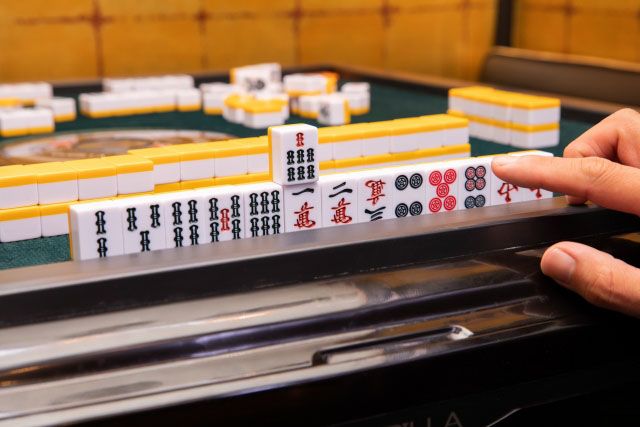
Mastering the Japanese Mahjong rules for victory is one thing, but securing the genuine set from Japan itself is equally crucial for the fun experience Riichi Mahjong promises. And when authenticity calls, there's only one name you can rely on – ZenPlus!
Imagine strolling through a massive Japanese shopping hub without leaving your couch – that dream is now a reality! ZenPlus, with over 5 million authentic Japanese goodies from 3,000 local retail shops, becomes the go-to destination for those hunting the real deal from the Land of the Rising Sun.
Forget about packing hassles and airport lines – just click, shop, and immerse yourself in the ultimate Japanese retail therapy without ever leaving home!
About The Writer
Meet Mariam - a freelance writer whose heart beats for the captivating world of Japanese culture. She's fascinated by the breathtaking cherry blossom trees, the irresistible traditional dishes and snacks, the timeless fashion, the adorable natural makeup, and of course, the world-famous anime, just to name a few of her passions. Now, with boundless creativity and determination, she aims to deliver the most valuable content for readers to offer them a glimpse into her passions in life.

